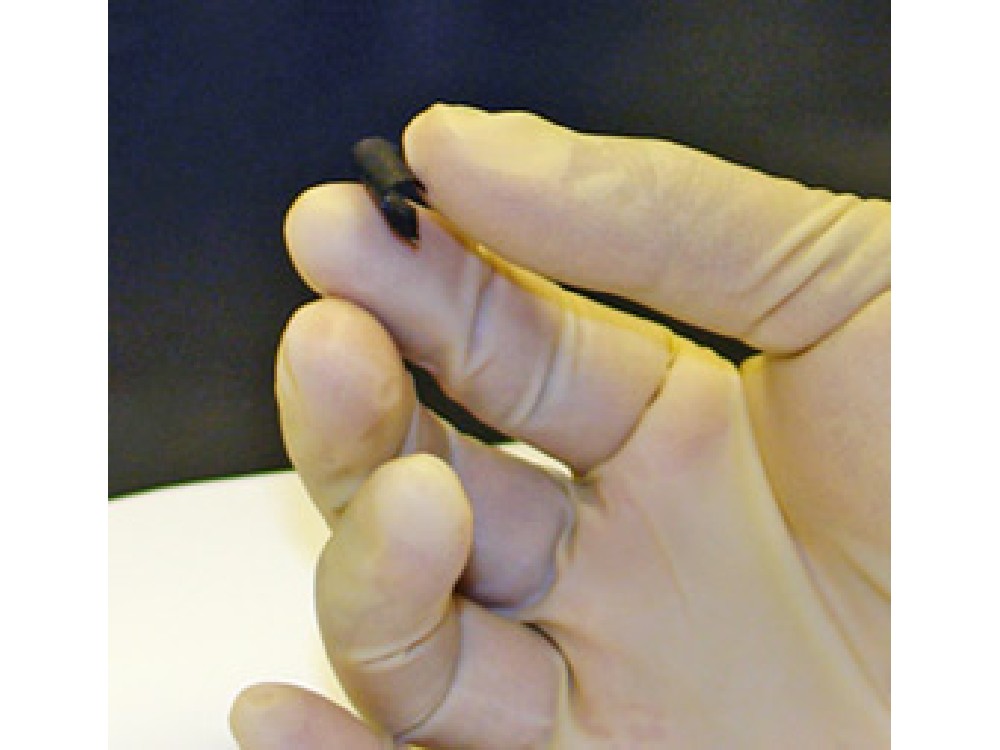Paper battery is cutting edge future tech
Paper battery can be folded, cut or moulded into shape

Lightweight, flexible paper batteries are under development that could replace regular batteries in consumer gadgets - and perhaps even in motor vehicles - in the not too distant future.
Researchers at Rensselaer Polytechnic Institute have developed a prototype of the flexible paper battery that can be bent, folded, trimmed and moulded, and which can be printed in sheets like paper. The paper battery technology could be used in many future consumer devices, and possibly in cars, boats and planes, the researchers suggest.
The research was published in the latest online edition of Proceedings of the National Academy of Sciences. The flexible paper is an integrated structure rather than comprising of several components like a regular battery, making it more energy efficient and easy to print in large sheets.
It uses carbon nanotubes a millionth of a centimetre thick that are embedded in electrolyte infused paper. The carbon nanotubes act as electrodes, and the electrolyte conducts the electric current.
Output of the prototype device, which measures just a few inches square, is currently around 2.3 volts. That's enough to power a small light, but the researchers believe that increasing the output should be relatively easy, possibly by layering sheets of the paper together.
The researchers have also found that the paper battery technology could be used instead of regular batteries in the human, in devices like pacemakers, using natural electrolytes in blood to conduct electricity.
Battery power printing
The paper battery technology is still in its early stages, and the elements required to make the paper battery are not yet cheap enough to allow mass production. The researchers, though, believe that the paper battery technology shows a glimpse into the future for power storage technology.
Get daily insight, inspiration and deals in your inbox
Sign up for breaking news, reviews, opinion, top tech deals, and more.
"When we get this technology down, we'll basically have the ability to print batteries and print supercapacitors," Pulickel M. Ajayan, Professor of Materials Science and Engineering at RPI, said. "We see this as a technology that's just right for the current energy market, as well as the electronics industry, which is always looking for smaller, lighter power sources. Our device could make its way into any number of different applications."
"The devices we're making are only a few inches across. We would have to scale up to sheets of newspaper size to make it commercially viable," Professor Robert Linhardt of the RPI told BBC News .